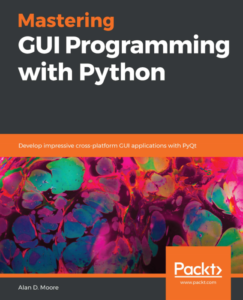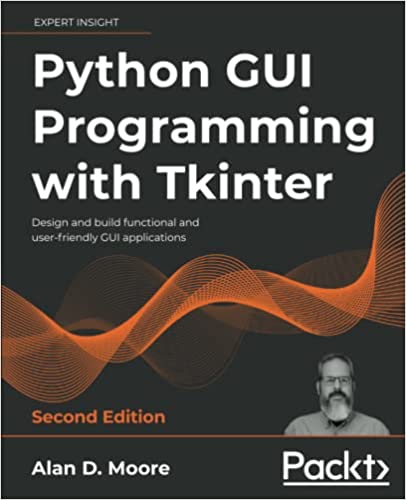In part III of this series, I told you that lightweight Linux distributions can be classified as either “fully lightweight” or “remixes”; and in part IV, we took a look at several “fully lightweight” distributions. Naturally, in this article, we’re going to talk about remixes.
Unlike the last article, however, I’m not just going to go through a bunch of remix distros and blather on with my half-formed impressions of them; not only would that would be unbearably dull for both you and for me, but selecting a three or four remix distros from the zillion-and-a-half out there in the world is an impossible choice. Instead, we’re going to understand what really distinguishes one remix from another with the aim of helping you select one that fits your needs; after which I’ll go through a few example distributions and talk about what makes them different.

